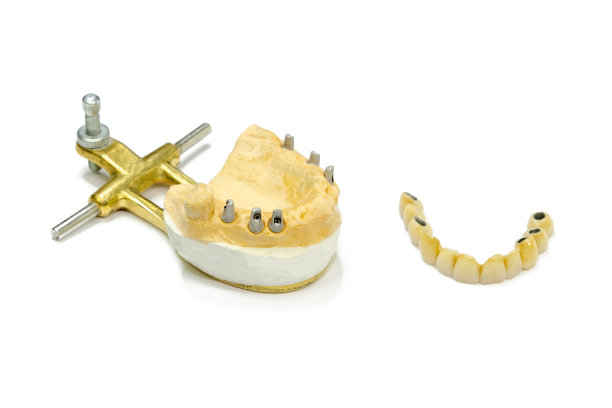The Essential Guide to Extracting a Tooth Painlessly and Safely for Optimal Dental Health
Summary: Extracting a tooth can often be a daunting experience for many individuals, but with the right guidance, it can be accomplished both painlessly and safely. This article serves as an essential guide, discussing preparation methods, techniques for painless extraction, post-surgery care, and the importance of professional help. Each section highlights critical steps for optimal dental health, ensuring that readers have a comprehensive understanding of tooth extraction procedures. By following these guidelines and recommendations, patients can achieve a more comfortable dental experience while maintaining their overall oral well-being.
1. Preparing for a Tooth Extraction Process

The first step in a successful tooth extraction is proper preparation. This includes not only the physical aspects but also the mental readiness of the patient. Scheduling an appointment with a qualified dentist is crucial, as they can evaluate the situation, perform necessary X-rays, and discuss the extraction process in detail. By understanding what to expect, patients can significantly reduce anxiety related to the procedure.
Another essential aspect of preparation is informing the dentist about any medications or medical conditions. Some medications can affect the extraction, such as blood thinners, and knowing about these can help the dentist make informed decisions. Patients should also avoid eating or drinking for several hours before the appointment as advised by their dentist to prepare their bodies for the procedure.
Lastly, its vital to arrange for transportation after the extraction. Depending on the anesthetic used during the procedure, patients may not be in a condition to drive themselves home. Having a trusted friend or family member accompany them can ease any worries and provide necessary support.
2. Techniques for Painless Tooth Extraction
Modern dental practices offer various techniques to ensure a painless tooth extraction experience. The use of local anesthesia is standard, and dentists apply it to numb the area surrounding the tooth. This method minimizes discomfort during the extraction process while keeping the patient awake, allowing them to follow instructions easily.
In addition to local anesthesia, sedation dentistry is an option for those particularly anxious about dental procedures. Sedatives help create a calming experience, allowing patients to feel relaxed and unaware of the extraction as it occurs. This method is suitable for complex cases or for individuals who have a high dental anxiety level.
Furthermore, laser technology has emerged as a leading technique in painless tooth extractions. Lasers reduce the need for incisions and can minimize bleeding, pain, and recovery time. Discussing these options with a dentist can help patients identify the most suitable approach for their specific needs.
3. Post-Surgery Care for Optimal Recovery
After a tooth extraction, proper care is crucial to ensure optimal recovery. The first few days are critical, requiring patients to follow specific instructions given by their dentist. Applying ice packs to the outside of the face can help reduce swelling and minimize discomfort during this initial period.
Patients should also adhere to dietary recommendations, such as consuming soft foods and avoiding hot beverages. Foods like yogurt, mashed potatoes, and smoothies are ideal, while spicy or crunchy items can irritate the extraction site. Staying hydrated is essential, but patients should avoid drinking through straws as this could dislodge the blood clot that forms over the extraction site.
Regularly prescribed pain medications should be taken as directed, especially in the first 24 hours post-extraction. Monitoring the extraction site for signs of infection, such as excessive swelling or pus discharge, is essential. If any concerning symptoms arise, contacting the dentist promptly ensures quick resolution and better outcomes.
4. The Importance of Professional Help in Extractions
While it may be tempting to consider at-home tooth extractions, professional help is vital for several reasons. Dentists possess the necessary training and tools to perform extractions safely, minimizing complications that may arise from improper techniques. Attempting to extract a tooth at home can lead to severe pain, infection, and long-term damage to surrounding teeth and gums.
Furthermore, dental professionals can assess whether an extraction is necessary or if other options, such as root canal therapy, are more suitable. They can provide comprehensive care that ensures the patients overall dental health is prioritized, making decisions based on professional expertise.
Lastly, beyond just extracting the tooth, dentists can provide customized aftercare and follow-up plans. These measures help facilitate a smoother recovery while also addressing any underlying issues to prevent future dental problems. Engaging a professional for tooth extractions is an investment in both comfort and long-term dental health.
Summary:
In summary, extracting a tooth can be a straightforward process when approached with proper preparation, painless techniques, attentive post-surgery care, and professional assistance. Each stage is vital to ensure the procedure goes smoothly, minimizing discomfort and maximizing recovery. Empowering patients with knowledge about their options will make the experience less daunting and more manageable.
This article is compiled by Vickong Dental and the content is for reference only.


